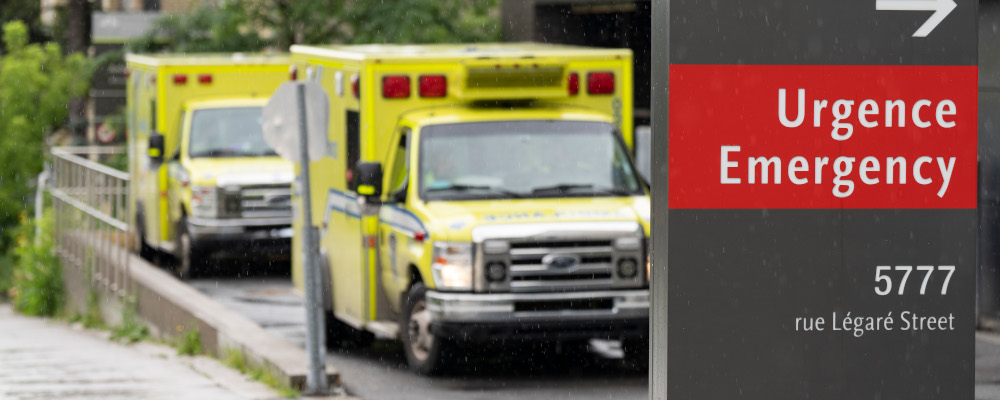February’s announcement that the Trudeau government had made a deal with the NDP to push the ball forward on pharmacare doesn’t appear to have resonated in the polls. That’s not surprising. Canadians are saying loud and clear that pharmacare isn’t even their top priority for health care.
That’s evident from new research conducted by Leger on behalf of my organization, the Canadian Constitution Foundation, SecondStreet.org, and the Montreal Economic Institute.
Leger asked 2,017 adult Canadians to pick the top three health-care problems that most “need fixing.” National pharmacare came in second last of nine options. Just 14 percent had pharmacare in their top three while nearly two-thirds (65 percent) chose the lack of family doctors, more than half (52 percent) chose ER wait times, and nearly half (44 percent) selected wait times for surgeries and other common treatments.
Canadians may support pharmacare in principle, but it’s hardly among their most pressing health-care concerns like faster access to doctors, emergency rooms, and surgeons.

And yet, there may be a way to do it all. Canada may be able to deliver not only the must-haves like universal primary care but also the nice-to-haves like drug coverage for those currently falling through the cracks. It would just take some courage from politicians.
There is an obvious way to find the money: it would simply require amending the Canada Health Act to make explicit that provinces would no longer be penalized if they allowed a small number of willing patients to buy quicker care so that provinces can loosen their rules.
This would then free up scarce resources such that provinces could expand public drug coverage beyond their current programs. One might think of it as a policy swap whereby public coverage would be somewhat curtailed for hospital and physician services and somewhat expanded for drugs.
Before you label me a monster for supporting the dreaded “two-tier American-style health care,” please consider the facts. Canada stands alone among wealthy nations in outlawing privately funded, medically necessary surgical and hospital care, and it also ranks among the worst for outcomes despite spending more than most, 10th out of 11, according to the Commonwealth Fund. As anyone who’s seen the subway ads advertising clinics in Buffalo knows, we already have two tiers: those who can afford to leave the country for prompt care and those who can’t.
The question we should ask is not whether we can stomach two-tier care but whether most of us would be better off if we allowed a small percentage of people who are unable or unwilling to languish on lengthy waitlists to spend their own money here in Canada to get seen faster.
Perhaps that’s not ideal from an equity perspective, but here’s why it would be better than the status quo. Norway ranks number one and it spends about the same as Canada while running circles around us on access, outcomes, and equity. In Norway, about 10 percent of people have private insurance that allows them quicker access to things like elective surgeries and specialists. This makes the other 90 percent better off: fewer patients to serve means the public system can do more with the same.

The usual suspects who defend Canada’s state monopoly like to claim that allowing even modest levels of private payment would drain health-care workers out of the public system. What they never mention is that allowing private dollars to be spent in Canada (dollars that are often already being spent abroad) would allow us to train and hire more doctors and nurses. We have 2.8 doctors per 1,000 people according to the OECD. Norway has 5.2 per 1,000.
The best part? Because some wealthy people are paying their own way or are covered by their employers, the Norwegian government can afford to cover drugs for all with modest copays. That’s right, Canada may be able to finally have the social safety net to which we have always aspired if we amend the Canada Health Act and allow some patients to pay their own way. Provinces could then change their currently restrictive rules to allow more private money to pay for care, taking a huge burden off the public system, and in turn expand public drug coverage for those in need.
The good news is that most Canadians are ahead of the politicians in realizing that major changes are needed and that shovelling more borrowed money into an overburdened public system isn’t working. When asked, 64 percent agreed “major change is needed” while only five percent agreed that “the system needs no change, just more public funding.”
If politicians are willing to pull the Band-Aid, they’d find plenty of support. We’d end up with a public system that does a better job offering not only acute-care essentials but can also afford to fund frills like pharmacare.




